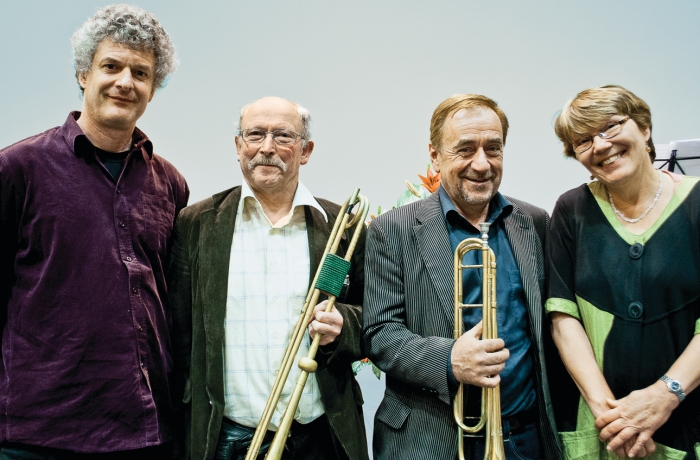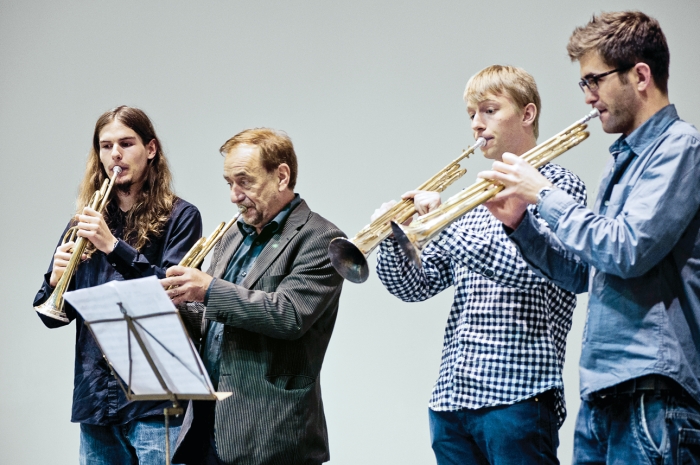Advertisement
Grab your lab coat. Let's get started
Welcome!
Welcome!
Create an account below to get 6 C&EN articles per month, receive newsletters and more - all free.
It seems this is your first time logging in online. Please enter the following information to continue.
As an ACS member you automatically get access to this site. All we need is few more details to create your reading experience.
Not you? Sign in with a different account.
Not you? Sign in with a different account.
ERROR 1
ERROR 1
ERROR 2
ERROR 2
ERROR 2
ERROR 2
ERROR 2
Password and Confirm password must match.
If you have an ACS member number, please enter it here so we can link this account to your membership. (optional)
ERROR 2
ACS values your privacy. By submitting your information, you are gaining access to C&EN and subscribing to our weekly newsletter. We use the information you provide to make your reading experience better, and we will never sell your data to third party members.
Analytical Chemistry
Blast From The Past
Modern chemical analysis helps replicate 200-year-old trumpets
by Mitch Jacoby
August 5, 2013
| A version of this story appeared in
Volume 91, Issue 31

Trumpet players don’t usually spend time poring over X-ray fluorescence results. Adrian von Steiger does, but he isn’t your average musician. Von Steiger, who just finished his doctoral research in musicology at Bern University of the Arts, in Switzerland, is more interested in antique instruments than modern ones. Although he isn’t a scientist, he works with a research team to create playable replicas of early-1800s trumpets that help preserve the unique tonal qualities of brass instruments from that bygone era.
To make tonally correct replicas, it’s not sufficient to simply copy the size, shape, and appearance of the originals, von Steiger says. “We need to know what the originals are made of and the methods used to make them,” he asserts. That’s where X-ray fluorescence and other types of analyses make a grand entrance.
To uncover tricks of the brass trade from the Romantic period, von Steiger teamed up with researchers at Empa, the Swiss Federal Institute of Technology’s materials science institute in Dübendorf. Von Steiger also partnered with scientists at other Swiss research centers, including the Paul Scherrer Institute, in Villigen, and the Materials Technology Institute, in Wallisellen. The group analyzed more than 40 French brass instruments from that period via X-ray fluorescence methods, electron microscopy, neutron imaging, and other materials analysis techniques. Some of those instruments were no longer playable. Others were too fragile or unavailable for concert use.
One of the team’s findings is that the 19th-century alloys contain lead, a metal not found in modern brass used for musical instruments. The team also found that the zinc content of the antiques is far lower than in today’s brass samples. In addition to surveying the instruments’ elemental compositions, the researchers examined the materials’ microstructures for manufacturing clues.

\

\
Musicians, instrument makers, and metallurgists, including (from left, photo at top) von Steiger, Egger, Würsch, and Senn, joined forces to re-create Romantic-era trumpets; Würsch and students rehearse for a concert with shiny new replicas of early-1800s trumpets.
“Every process applied to the metal leaves its mark,” says Empa’s Marianne Senn, an archaeology metallurgist who specializes in investigating the composition and treatment of old metal samples. In search of those marks, Senn and coworkers studied the sizes, shapes, and orientations of microscopic grains in the alloys. They also examined sulfur-rich precipitates, grain boundaries, and other structural features that provide clues about the way the brass samples were shaped and formed and the temperatures at which they were heat-treated to strengthen them.
To move the project to the concert stage, the team collaborated with Bern trumpet professor Markus Würsch and Basel-based Rainer Egger, a veteran musical instrument maker specializing in historic brass. They then found a sheet metal supplier in Asia to provide them with custom-made brass that matched the chemical composition and specifications of the antique alloys.
With an ample supply of the alloy in hand, the team subjected brass samples to various temperatures and other physical treatments and then compared the resulting microstructure and other properties with those of the antiques. That process enabled the group to deduce additional details about 19th-century trumpet making. One key insight was that craftsmen of that era worked at lower temperatures than do modern brass instrument makers. The analyses showed that because of the relatively low melting point of lead compared with that of the other constituents of brass, lead tends to migrate and collect at grain boundaries.
Eventually Egger was given the green light to begin constructing the replica instruments.
“This wasn’t an easy task,” Egger says, “because lead-containing brass cracks more easily than modern alloys and it requires different soldering techniques” to avoid depleting the lead content. But the results speak, or sound off, for themselves.
Music history buffs and music fans have already had opportunities to enjoy the sound of these 19th-century remakes. The instruments were recently featured in performances by Würsch and in a concert by the Symphony Orchestra of Biel. That performance included selections from French Romantic composers including Camille Saint-Saëns’s Morceau de concert in F, for horn and orchestra, op. 94, and other pieces by Georges Bizet and Albert Roussel. The remakes are also scheduled to be played next February in Bern at a Romantic-era brass conference jointly organized by Bern University of the Arts and the Historic Brass Society.
“The difference in playing characteristics and tonal quality is greater than we expected,” Egger says. Compared with today’s trumpets, the replicas are suited to playing music from the Romantic era because they are richer in harmonics and acoustic overtones. Modern trumpets often have too harsh a sound, he says. “In concert, the tone of the replicas is more colorful.”
Von Steiger confesses that even with beautiful replicas that clearly sound different from modern brass instruments, it remains difficult to quantitatively tie the instruments’ tones to the construction materials. That’s next on the agenda. Now the team has begun applying acoustic methods to analyze the instruments’ tonal profiles in detail to further restore the sound of music from long ago.


Join the conversation
Contact the reporter
Submit a Letter to the Editor for publication
Engage with us on Twitter